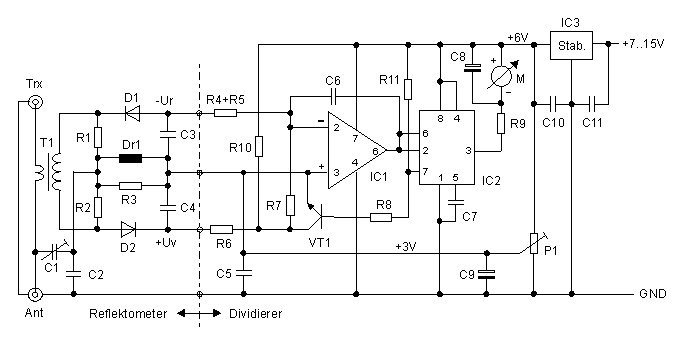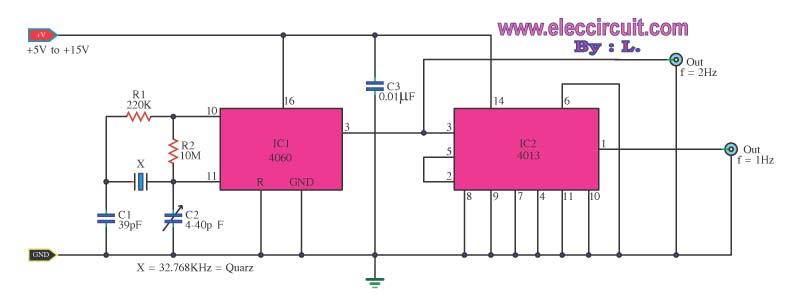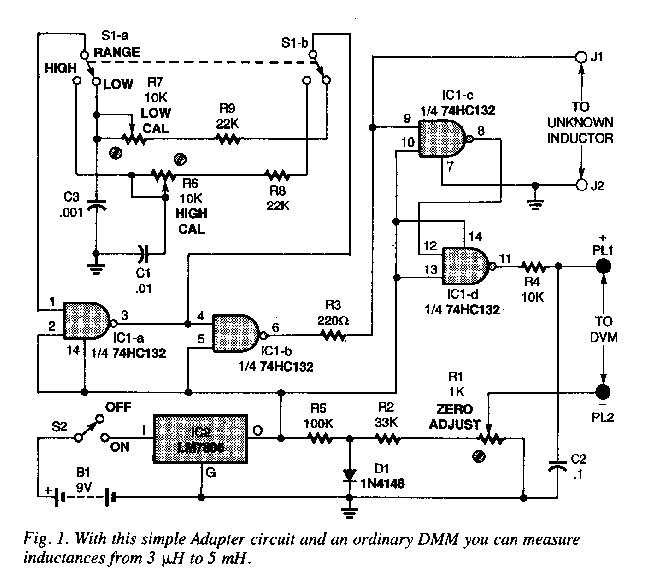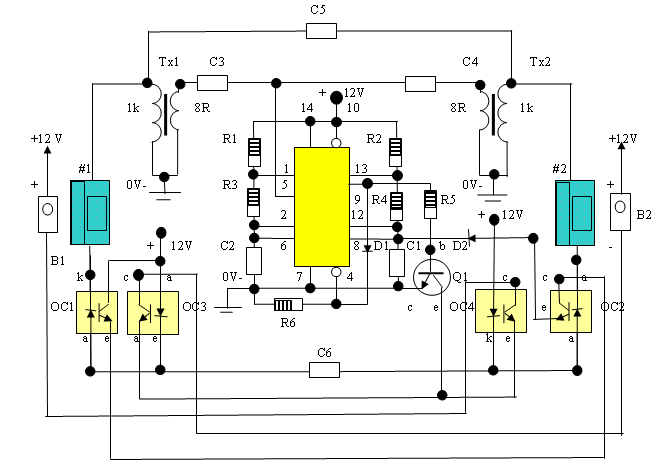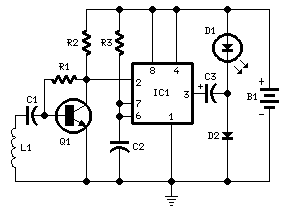
Design on the basis of the mechanically controlled digital frequency meter of one piece
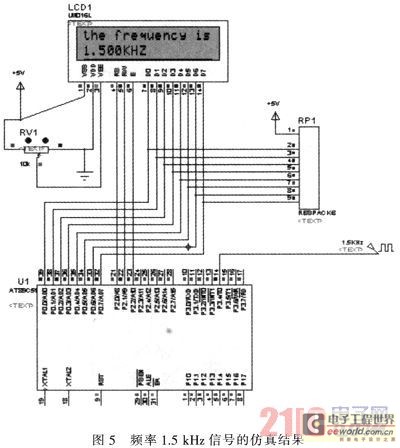
The primary function of the frequency counter is to measure the frequency and cycle of a signal. Its applications span a wide range, extending beyond simple instrument measurements to areas such as education, scientific research, high-precision instrument measurement, and industrial control. The rapid advancement of microelectronic technology and computers, particularly the development of microcontrollers, has significantly transformed traditional electronic measuring instruments in terms of principles, functions, power consumption, and reliability. Currently, various multifunctional, high-precision digital frequency meters are available on the market, albeit at high prices. To address practical needs, this design utilizes the AT89S52 microcontroller and incorporates a 1602A LED display unit. The frequency measurement is conducted through a timing and counting method, which is not only feasible but also compact, cost-effective, and energy-efficient, while offering high precision and reliability. The design is straightforward, reducing costs and simplifying complexity. The frequency counter hardware circuit is created using PRIT EL graphics software, while the microcontroller's software control procedures are developed using the KELL-51 assembler language. The functionality of the frequency counter is simulated and tested using Proteus simulation software, ensuring all required functions are met. Traditional frequency measurement instruments tend to be bulky, energy-intensive, and primarily dependent on manual operation. They often lack programmability and face limitations in data measurement and control. This frequency counter addresses these shortcomings by improving its design to amplify rectangular wave pulses and control gate signals. It employs counters and latches to directly count signals across different frequency domains, facilitating frequency demultiplication. The processed signals are interfaced with the microcontroller, which converts the counts into frequency values for dynamic display. The advantages of this frequency counter include its compact design, complete integration with the microcontroller, and the ability to store frequency measurements in a coded format, thus enhancing the system's overall intelligence and functionality.
The frequency counter is designed to provide a highly efficient and compact solution for measuring signal frequencies across various applications. By integrating the AT89S52 microcontroller with a 1602A LED display, the system achieves a user-friendly interface that allows for real-time frequency readings. The measurement process begins with the detection of the input signal, which is then amplified to ensure that it is within a suitable range for processing. The use of timing and counting methods allows for accurate frequency determination without the need for extensive external components, thus minimizing size and cost.
The circuit design utilizes PRIT EL graphics software to create a schematic that clearly outlines the connections between the microcontroller, display unit, and other essential components. The software routines developed in assembler language for the KELL-51 environment enable precise control over the measurement process, facilitating the counting of pulses generated by the input signal. By employing Proteus simulation software, the design undergoes thorough testing to validate its functionality before physical implementation.
The frequency counter's architecture includes a signal conditioning stage that prepares the incoming signal for counting. This stage enhances the signal quality and ensures that it meets the required specifications for accurate frequency measurement. The counting mechanism employs high-speed counters and latches that can handle a wide range of frequencies, allowing for versatility in its applications.
One of the standout features of this frequency counter is its ability to operate autonomously, reducing the need for manual intervention. The microcontroller's firmware includes algorithms that automatically process the counted pulses, converting them into a readable frequency format for display. This automation not only improves efficiency but also enhances the reliability of measurements, making the device suitable for both laboratory and industrial environments.
In summary, the frequency counter represents a significant advancement in electronic measurement technology, combining modern microcontroller capabilities with a user-friendly interface and compact design. Its versatility, precision, and low power consumption make it an ideal choice for a wide range of applications in scientific and industrial fields.Its basic function is frequency and cycle of the measuring signal, the application of the frequency counter is in a very large range, it is not merely applied to general simple instrument measurement, and apply to other fields such as teaching, scientific research, high-accuracy instrument measuring, industrial control extensively. With the rapid development of microelectronic technology and computer, especially appearance and development of the one-chip computer, make the traditional electronic measuring instruments all change greatly in such aspects as principle, function, consumption, reliability. At present, there is digital frequency meter of various multi-function, high precision, high frequency on the market, but the price is high.
In order to meet the need of the real work, consideration of this text is with the one-chip computer AT89 S52 It is a kind of frequency counter designed as the display block in the control platform and a 1602ALED display unit, design the measuring frequency of adopting the way of timing, counting entirely, not only feasible, and small, low cost, low power consumption, the high, very automatic quantum of precision is changed, of good security, the design is simple, have reduced the design cost and realized complexity greatly. The hardware circuit of the frequency counter is drawing with PRIT EL graphics software, the partial one-chip computer control procedure of software, regarded KELL-51 as the developing instrument to write with the assembler language, but the realization of the frequency counter was to select imitating with Proteus simulation software and test, through debugging synthetically finally, can realize all functions required, totally meet the request of designing this time.
The traditional frequency measurement instrument is very large in volume, consume big energy, mainly depend on hand operation, shortcoming of maximum with programmable, quantum its change and the intersection of data and measure, sampling control and punish, etc. can`t go on, control by program command, it is full-length to automatically control or the test system carries on the interface as one miniature intellectual subsystem and some to be unable.
To these shortcomings, this frequency counter has been improved in the design, regard rectangular wave pulse after having a facelift in signal amplification as and control the gate signal at first, then adopt counter and latch to count the signals of different frequency domains directly to finish the frequency demultiplication function, signal after the frequency demultiplication give interface circuit one-chip computer, by to count pairs of it, go on, count one-chip computer, will count the result to change into the frequency number value of the original number through operation finally, reveal the number value through the dynamic display circuit finally. Its advantage is: This frequency counter has totally realized the frequency counter of one piece, the frequency is sampled, interface with between single chip microcomputer and software, make the intersection of frequency measurement and choice of quantum, measurement that the frequency is machine format, are sampled and changed in the coded border and machine format conversion can go on to store automatically through the software programming of the single chip microcomputer, thus has realized frequency measurement is with sampling the complete intellectuality of the work, make this system form key circuit of a miniature intell
🔗 External reference
The frequency counter is designed to provide a highly efficient and compact solution for measuring signal frequencies across various applications. By integrating the AT89S52 microcontroller with a 1602A LED display, the system achieves a user-friendly interface that allows for real-time frequency readings. The measurement process begins with the detection of the input signal, which is then amplified to ensure that it is within a suitable range for processing. The use of timing and counting methods allows for accurate frequency determination without the need for extensive external components, thus minimizing size and cost.
The circuit design utilizes PRIT EL graphics software to create a schematic that clearly outlines the connections between the microcontroller, display unit, and other essential components. The software routines developed in assembler language for the KELL-51 environment enable precise control over the measurement process, facilitating the counting of pulses generated by the input signal. By employing Proteus simulation software, the design undergoes thorough testing to validate its functionality before physical implementation.
The frequency counter's architecture includes a signal conditioning stage that prepares the incoming signal for counting. This stage enhances the signal quality and ensures that it meets the required specifications for accurate frequency measurement. The counting mechanism employs high-speed counters and latches that can handle a wide range of frequencies, allowing for versatility in its applications.
One of the standout features of this frequency counter is its ability to operate autonomously, reducing the need for manual intervention. The microcontroller's firmware includes algorithms that automatically process the counted pulses, converting them into a readable frequency format for display. This automation not only improves efficiency but also enhances the reliability of measurements, making the device suitable for both laboratory and industrial environments.
In summary, the frequency counter represents a significant advancement in electronic measurement technology, combining modern microcontroller capabilities with a user-friendly interface and compact design. Its versatility, precision, and low power consumption make it an ideal choice for a wide range of applications in scientific and industrial fields.Its basic function is frequency and cycle of the measuring signal, the application of the frequency counter is in a very large range, it is not merely applied to general simple instrument measurement, and apply to other fields such as teaching, scientific research, high-accuracy instrument measuring, industrial control extensively. With the rapid development of microelectronic technology and computer, especially appearance and development of the one-chip computer, make the traditional electronic measuring instruments all change greatly in such aspects as principle, function, consumption, reliability. At present, there is digital frequency meter of various multi-function, high precision, high frequency on the market, but the price is high.
In order to meet the need of the real work, consideration of this text is with the one-chip computer AT89 S52 It is a kind of frequency counter designed as the display block in the control platform and a 1602ALED display unit, design the measuring frequency of adopting the way of timing, counting entirely, not only feasible, and small, low cost, low power consumption, the high, very automatic quantum of precision is changed, of good security, the design is simple, have reduced the design cost and realized complexity greatly. The hardware circuit of the frequency counter is drawing with PRIT EL graphics software, the partial one-chip computer control procedure of software, regarded KELL-51 as the developing instrument to write with the assembler language, but the realization of the frequency counter was to select imitating with Proteus simulation software and test, through debugging synthetically finally, can realize all functions required, totally meet the request of designing this time.
The traditional frequency measurement instrument is very large in volume, consume big energy, mainly depend on hand operation, shortcoming of maximum with programmable, quantum its change and the intersection of data and measure, sampling control and punish, etc. can`t go on, control by program command, it is full-length to automatically control or the test system carries on the interface as one miniature intellectual subsystem and some to be unable.
To these shortcomings, this frequency counter has been improved in the design, regard rectangular wave pulse after having a facelift in signal amplification as and control the gate signal at first, then adopt counter and latch to count the signals of different frequency domains directly to finish the frequency demultiplication function, signal after the frequency demultiplication give interface circuit one-chip computer, by to count pairs of it, go on, count one-chip computer, will count the result to change into the frequency number value of the original number through operation finally, reveal the number value through the dynamic display circuit finally. Its advantage is: This frequency counter has totally realized the frequency counter of one piece, the frequency is sampled, interface with between single chip microcomputer and software, make the intersection of frequency measurement and choice of quantum, measurement that the frequency is machine format, are sampled and changed in the coded border and machine format conversion can go on to store automatically through the software programming of the single chip microcomputer, thus has realized frequency measurement is with sampling the complete intellectuality of the work, make this system form key circuit of a miniature intell
🔗 External reference
Warning: include(partials/cookie-banner.php): Failed to open stream: Permission denied in /var/www/html/nextgr/view-circuit.php on line 713
Warning: include(): Failed opening 'partials/cookie-banner.php' for inclusion (include_path='.:/usr/share/php') in /var/www/html/nextgr/view-circuit.php on line 713
